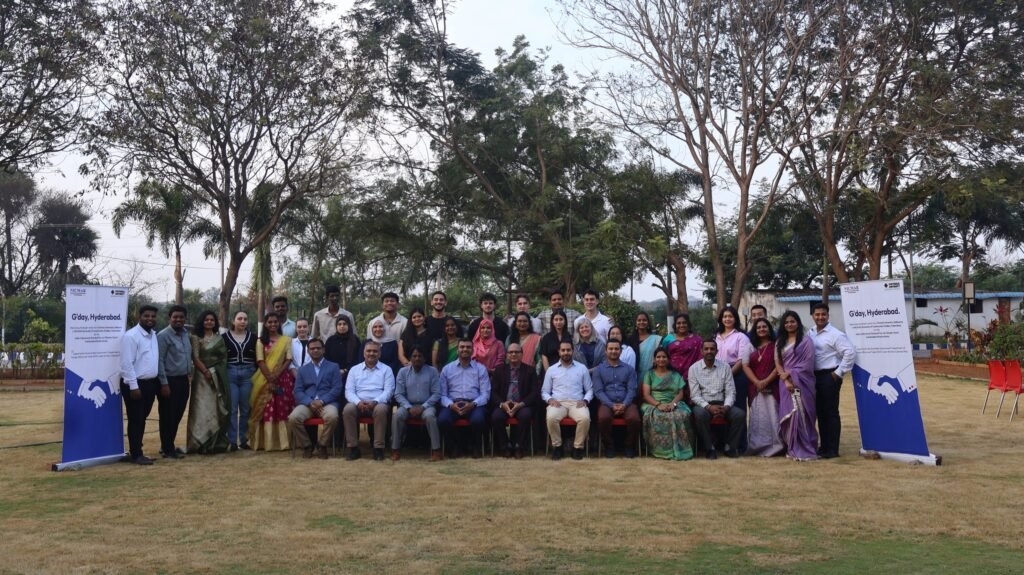The Delhi High Court on Monday expressed dissatisfaction with the education department of the Delhi government over “inadequate” infrastructure and other amenities, such as textbooks and furniture, in government schools located in Delhi’s northeast district.
The court observed that the condition of these schools was “terrible”.
The schools mentioned in the report include GGSSS Khajoori Khas, GGSSS East GokalPur, SKV C-1 Yamuna Vihar, SKV Khajoori Khas, GGSSS Sonia Vihar, newly constructed SKV Sriram Colony Khajoori Khas, GGSSS Bhajanpura, GGSSS Dayalpur, GGSSS Sabhapur, and SKV Khader Badarpur.
A division bench comprising Acting Chief Justice Manmohan and Justice Manmeet Pritam Singh Arora took cognisance of a report presented by advocate Ashok Agarwal, representing the petitioner NGO ‘Social Jurist, A Civil Rights Group’.
The bench had instructed Agarwal to visit the schools in the district during the previous hearing.
The bench reviewed a “scathing” report submitted by lawyer Ashok Agarwal, who visited these schools and claimed several discrepancies, such as “broken desks,” a “serious shortage of classrooms,” and insufficient books and writing materials.
The court instructed that an affidavit be filed within a week, and scheduled the hearing for April 23.
Agarwal provided examples of the lack of infrastructure and amenities, claiming that GGSSS Bhajanpura is a “tin building school” operating for several years, accommodating 1,800 girls and 1,800 boys studying in double shifts. He noted that almost all desks were found to be broken here.
The Secretary of Education, present in court, “confirmed” the facts mentioned in the report, stating that he had visited the schools in question and found “deficiencies,” adding that the schools are “situated in densely populated areas with limited space.”
The court emphasised that authorities should not only make announcements in newspapers but also address shortcomings on the ground. Additionally, it questioned how children were expected to study in a tin building in high temperatures.



